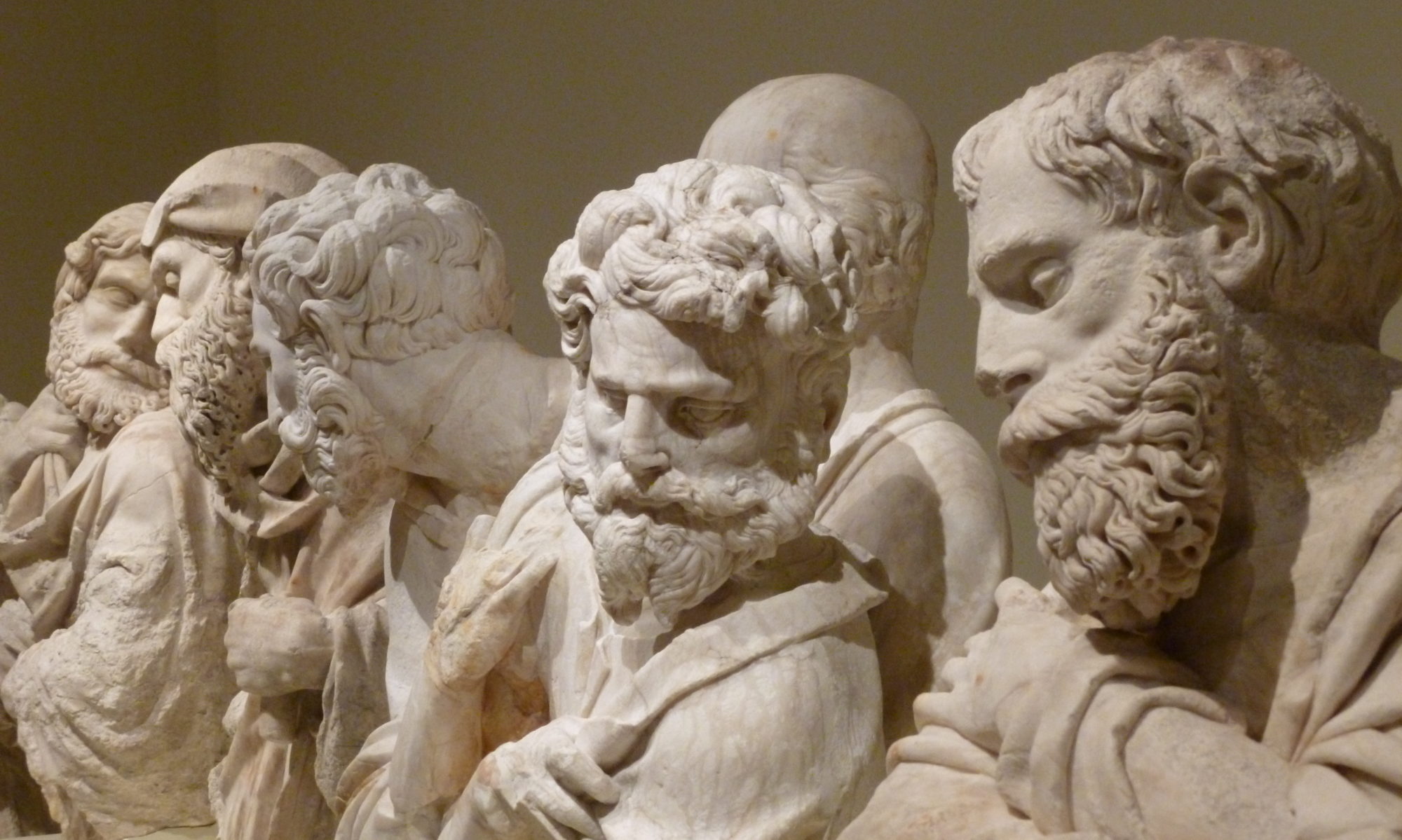For the ancients, keeping track meant knowing the season and how it tied into essential life activities, when to plant and when to hunt. They also organized their ritual lives around this organic system of timekeeping, dates and hours, which worked, though irregularly, because one measure of time, the sun, is not in synch with the other measure, the moon. The latter is particularly an issue, as ancient religions set festivals to correspond to the constantly changing moon cycle. We see this in the movement of principles dates in the Jewish, Christian and Muslim calendars, though with moon worship now well behind us in the Christian tradition, our only changing feast is Easter, and we cling to that variation only because we wish to preserve the correspondence to the movable Jewish feast of Passover, one of the few ways we acknowledge that Jesus was an observant Hebrew reformer.
Technology, especially transportation technology that allowed for trade, drove the efforts to standardize timekeeping. The moving stars helped guide ships across the open ocean. Railroads needed timezones and accountants, alas, need fiscal years, and so the fairly random Western date for counting years has become the standard worldwide, though in truth this Christian dating itself, BC for before Christ and AD for Anno Domini, is off by three years, and most everyone who considers that era trips over the fact that, unlike in normal numbering, there is no zero. In truth, there are many New Years. The Jewish New Year, a lunar New Year, started on October 3rd. There is a Chinese New Year, also lunar, this year on January 28. Many churches think of themselves as operating on a school year, a time period that varies widely from region to region, before or after Labor Day which itself moves, but there is also the Liturgical New Year, the first Sunday in Advent when we switch to a new gospel and attempt to tell the story of our faith, though the arc of the story zigs and zags with feasts and other interruptions so that the narrative looks more like Sidney Crosby on a breakaway. Continue reading “Articulate: January 1, 2017”
